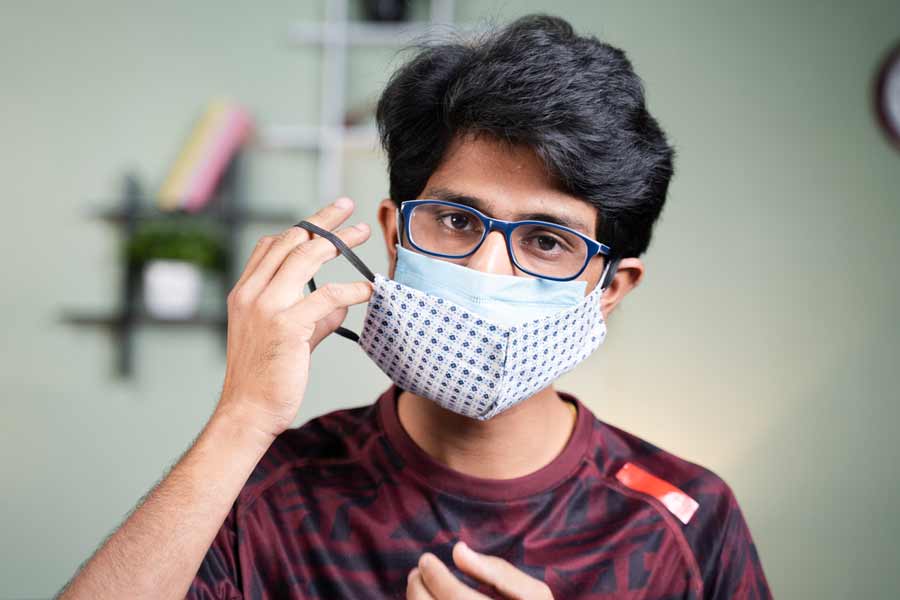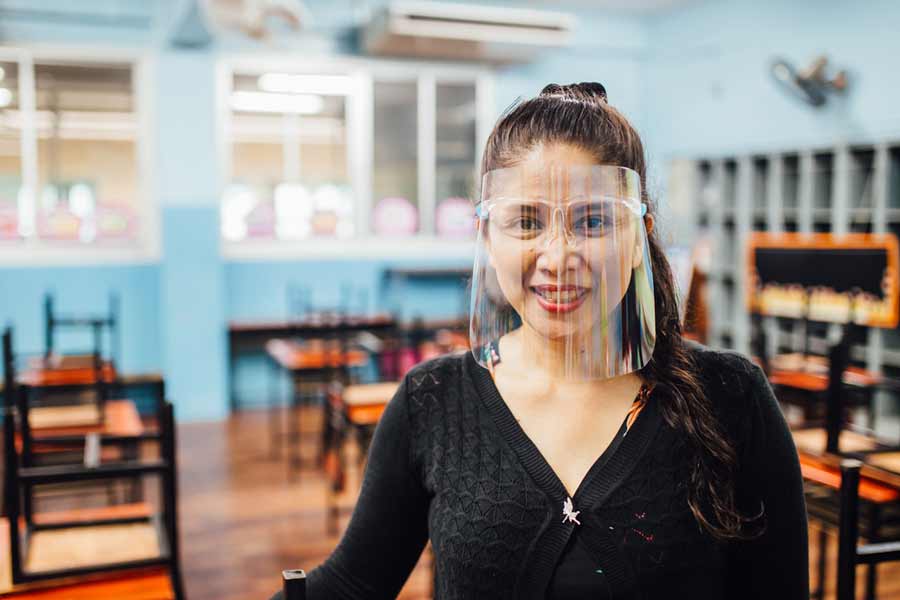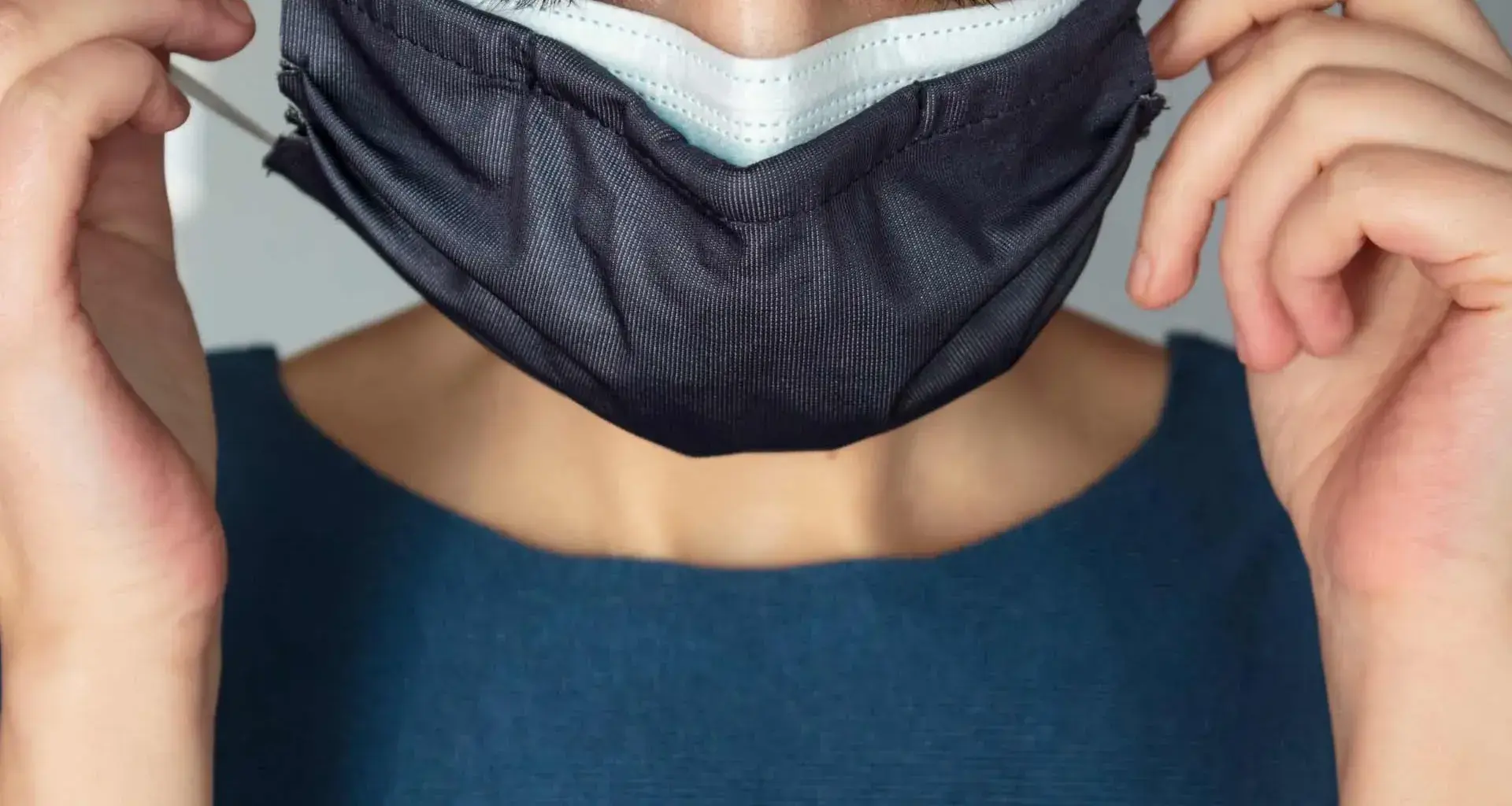Dr. Fernando Castilleja, the director of Wellness and Prevention at TecSalud, recommended wearing two face masks to offer greater protection against airborne transmission of COVID-19.
“Carry on wearing face masks. Two cloth face masks are currently being recommended to enhance protection (against COVID-19), particularly in crowded places.
“For example, if you have to go to the supermarket when there are a lot of people, put two face masks on. You already put one on, so put another on. It won’t hurt you, and it does increase your protection,” he said.
This recommendation is based on a study by the Centers for Disease Control and Prevention (CDC), which determined that this method increases protection to about 95%.

The same study revealed that a multi-layered face mask, correctly fitted to the face with knotted ear loops, increases its protection efficiency to the same percentage, similar to a KN95 mask.
On February 10, 2021, the CDC updated its recommendations on the use of face masks due to leakage at the sides, where air can get in and/or out.
This study takes place at this stage of the pandemic, due to new variants that appear to be more contagious.
“If you have to go to a crowded place, put two face masks on. You already put one on, so put another on. It won’t hurt you, and it does increase your protection.”
The recommended way of double masking
What you should do:
- First, put a disposable face mask on.
- Place a multi-layered cloth mask over the disposable one.
- The second face mask should cover the edges of the first, to avoid leaving gaps. Check that it’s correctly adjusted.
- Make sure you can see and breathe properly.
What you shouldn’t do:
- Don’t combine two disposable face masks, since they weren’t designed to be adjusted tightly.
- Don’t combine a KN95 mask with any other face mask. In this case, you should only wear one mask.
How does a face mask protect you?
One of the ways in which COVID-19 is transmitted, is when people inhale the respiratory droplets (aerosols) that infected people exhale.
An example of an aerosol is the “cloud” of invisible microparticles, such as droplets of saliva, that people release when they breathe, speak, sing, cough, or sneeze.
The correct use of a face mask or KN95 mask reduces the possibility of either a healthy person inhaling these aerosols or an infected person spreading them.
Don’t forget to correctly adjust your mask!
You can adopt the following procedure to make sure that your mask fits tightly over your nose, mouth, and chin:
- Check for physical gaps.
Place your hands around the outer edges of the mask to check this.
- Check for “leaks".
Make sure that no air is escaping near to your eyes or from the sides of the mask.
- Let your mask “breathe” with you.
One sign that your mask is well-fitted is that you’ll feel warm air entering the front of the mask and you may be able to see it move in and out when you breathe.
- Use fitting accessories.
Preferably, you should use face masks that have a nose wire or that come with accessories to adjust it to your face, such as “fitters”, which are made of plastic and are placed over the face mask and go around your ears.
Other recommendations
- The CDC recommends using a plain cloth mask over a three-layer surgical mask, because it adheres better to the wearer’s face, although the surgical mask has better filtration.
- Wash your cloth mask at the end of the day and discard the surgical mask once it gets wet or dirty.
Don’t wear face shields without a face mask, as their effectiveness is so far unknown.

Knot the ear loops.
If you have a 3-layer mask, we recommend tying it as follows:
- Fold the mask in half lengthwise.
- Tie a knot in the elastic loops on one side of the mask so that they’re as close to the fabric of the mask as possible.
- Repeat on the other side.
- Tuck the excess fabric on the sides toward the inside of the mask.
You can see how to tie the ear loops on a face mask by clicking here.
YOU MAY ALSO BE INTERESTED IN:





